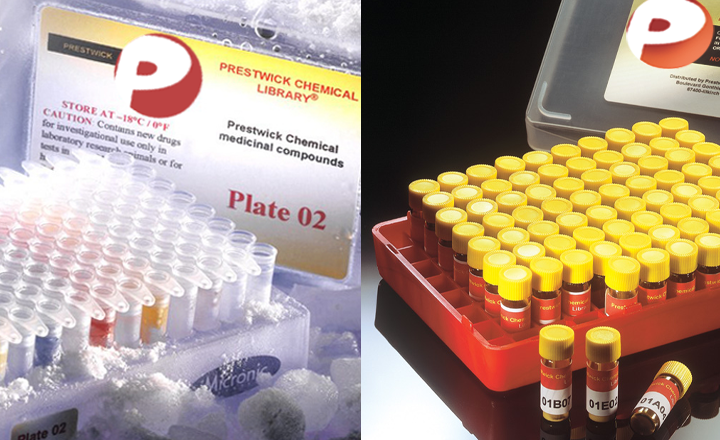Development of a mechanism-based assay for tissue transglutaminase – Results of a high-throughput screen and discovery of inhibitors
Case A, Ni J, Yeh LA, Stein RL
Analytical Biochemistry - vol. 338 237-244 (2005)
Analytical Biochemistry
Tissue transglutaminase (TGase) is a Ca2+-dependent enzyme that catalyzes cross-linking of intracellular proteins through a mechanism that involves isopeptide bond formation between Gln and Lys residues. In addition to its transamidation activity, TGase can bind guanosine 5???-triphosphate (GTP) and does so in a manner that is antagonized by calcium. Once bound, GTP undergoes hydrolysis to form guanosine 5???-diphosphate and inorganic phosphate. TGase is thought to play a pathogenic role in neurodegenerative diseases by promoting aggregation of disease-specific proteins that accumulate in these disorders. Thus, this enzyme represents a viable target for drug discovery. We now report the development of a mechanism-based assay for TGase and the results of a screen using this assay in which we tested 56,500 drug-like molecules for their ability to inhibit TGase. In this assay, the Gln- and Lys-donating substrates are N,N-dimethylated casein (NMC) and N-Boc-Lys-NH-CH2-CH2-NH-dansyl (KXD), respectively. Through a combination of steady state kinetic experiments and reaction progress curve simulations, we were able to calculate values for the initial concentrations of NMC, KXD, and Ca2+ that would produce a steady state situation in which all thermodynamically significant forms of substrate-bound TGase exist in equal concentration. Under these conditions, the assay is sensitive to both competitive and mixed active-site inhibitors and to inhibitors that bind to the GTP site. The assay was optimized for automated screening in 384-well format and was then used to test our compound library. From among these compounds, 104 authentic hits that represent several mechanistic classes were identified. ?? 2004 Elsevier Inc. All rights reserved.


